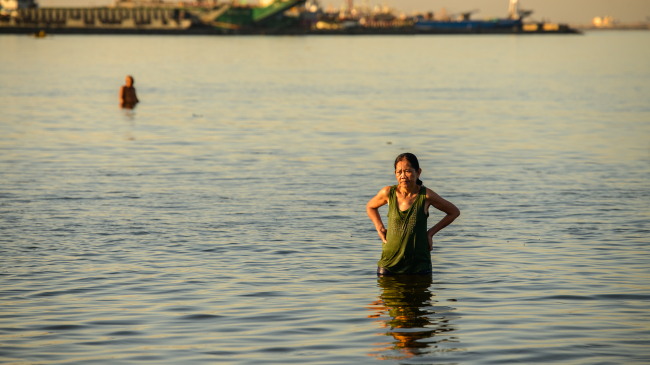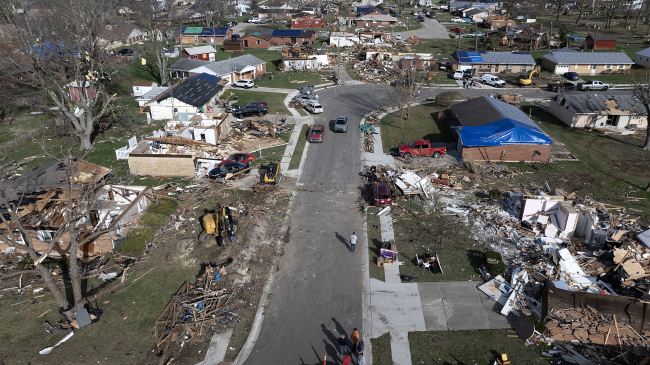Lower 48 states experience 9th warmest September, 2nd warmest year to date
Bouts of deadly, extreme weather continued to wreak havoc in many parts of the nation this summer.
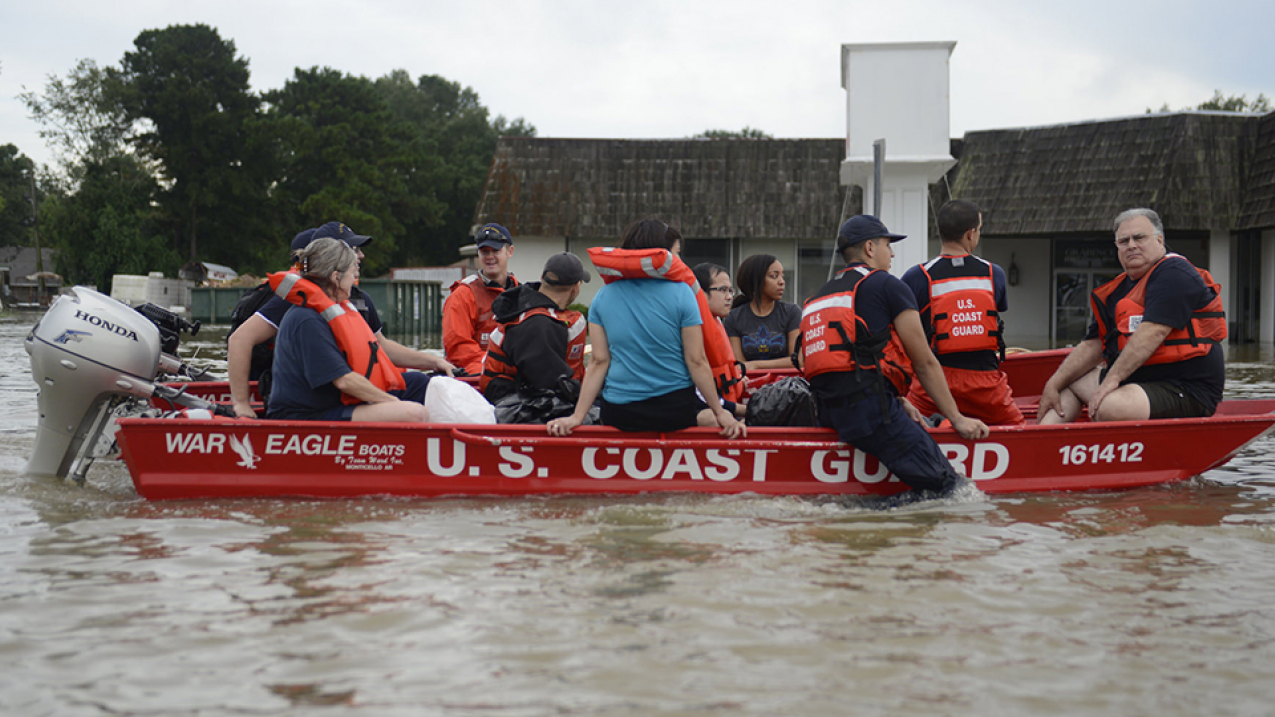
U.S. Coast Guard members rescue locals from flood water on their flat-bottom boats in Baton Rouge, Louisiana, Aug. 14, 2016. (Image credit: Courtesy of U.S. Coast Guard Petty Officer 3rd Class Brandon Giles)
From May to August, the U.S. experienced four new billion-dollar weather and climate disasters:
- Tornadoes in the Plains and severe weather in the Central U.S. (May 8-11) resulted in two deaths and $1.6 billion in damages;
- Historic flooding in West Virginia and tornadoes in the Ohio Valley (June 22-24) caused 23 deaths and $1 billion in damages;
- Severe weather in the Rockies and the Northeast (July 28-30) caused $1.1 billion in damages but no fatalities; and
- Massive flooding in Louisiana (August 12-15) resulted in 13 deaths and $10 billion in damages.
These four billion-dollar disasters, when added to eight earlier in the year, raised the tally to 12 in 2016 so far, which have claimed a total of 68 lives and caused $26.9 billion in damages. This is the second highest number of disasters; it also doubles the previous record for the number of inland flooding events in one year.
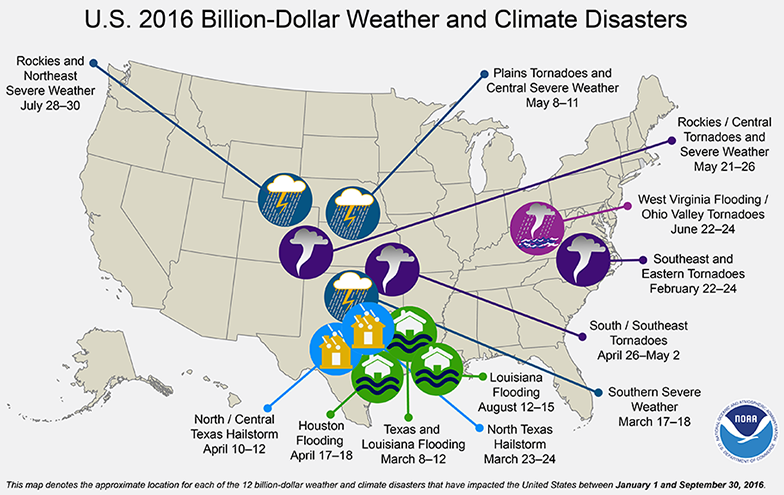
Since 1980, the U.S. has experienced 200 weather and climate disasters, exceeding $1.1 trillion in overall damages, according to scientists from NOAA’s National Centers for Environmental Information.
September, by the numbers
In September, the average temperature across the Lower 48 states was 67.2 degrees F (2.4 degrees above the 20th-century average) making it the 9th warmest September in the 122-year record. September averaged 2.70 inches of precipitation, ranking about average.
For year to date (January-September) the contiguous U.S. was the second warmest and the 19th wettest on record. The average temperature was 57.8 degrees F (2.8 degrees above average). All forty-eight states observed much-above-average temperatures during this period. Precipitation was 1.57 inches above average.
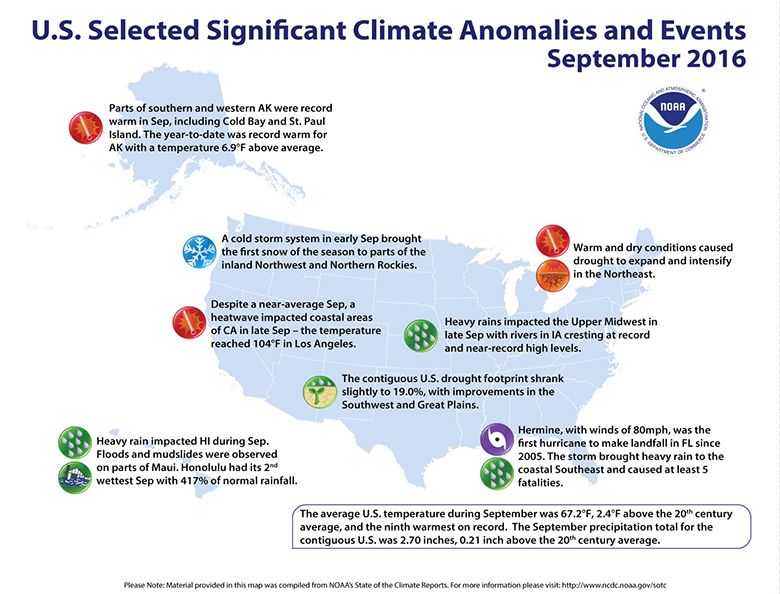
Other notable climate events in September included:
- Florida: Hermine, with winds of 80 mph, was the first hurricane to make landfall in Florida since Wilma in 2005.
- Iowa: Heavy rains impacted the Upper Midwest with rivers in Iowa cresting at record and near-record high levels.
- Hawaii: Heavy rain impacted the state causing floods and mudslides on some islands. Honolulu had its second wettest September, with 417 percent of normal rainfall.
- Alaska: Parts of southern and western Alaska were record warm, including Cold Bay and St. Paul Island. The year-to-date was record warm for the state with a temperature 6.9 degrees F above average.
Find NOAA’s climate reports and download images by visiting the NCEI climate monitoring website and the billion-dollar disaster website.


